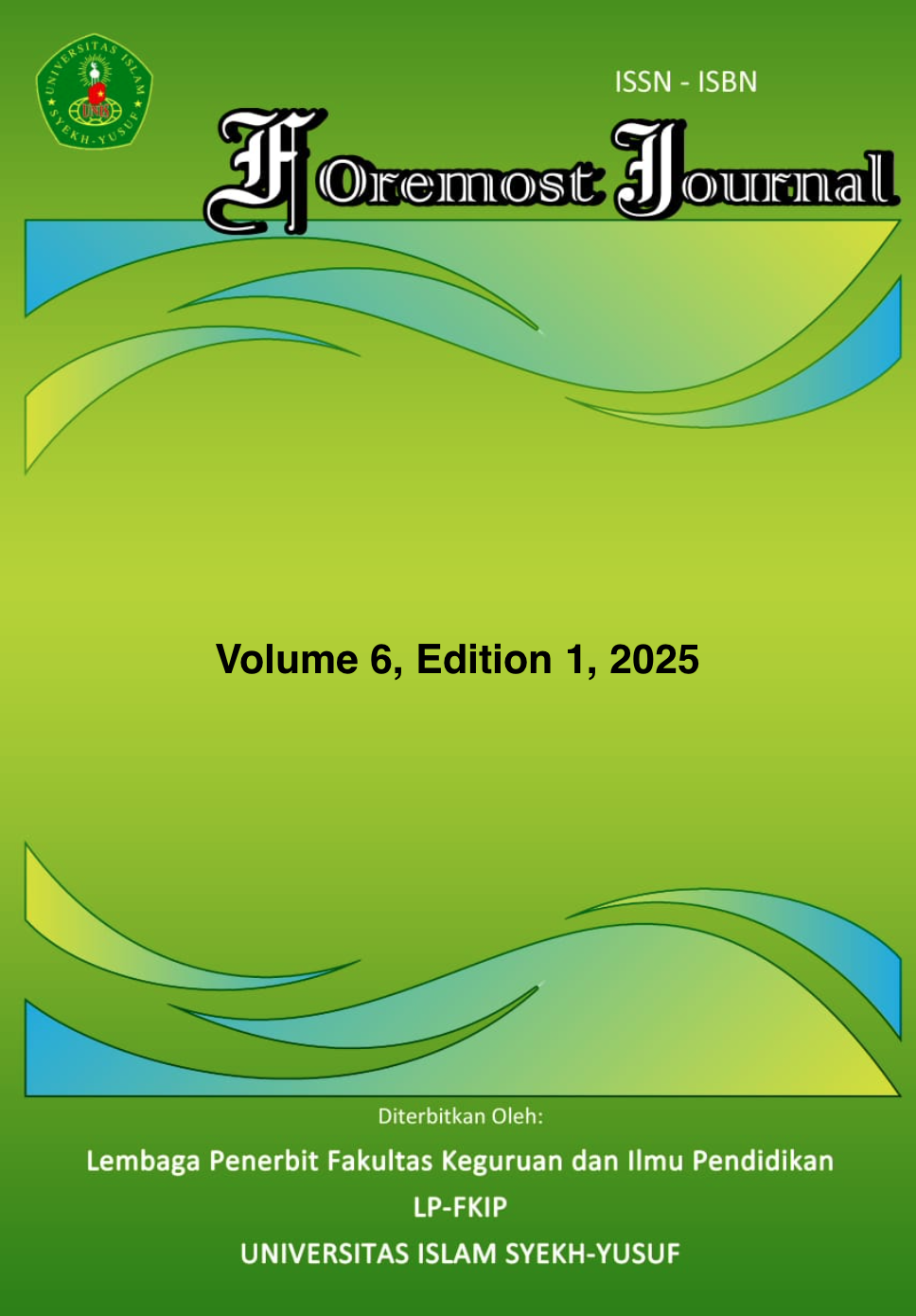An Error Analysis in Using Personal Pronouns at Tenth Grade Student
DOI:
https://doi.org/10.33592/foremost.v6i1.7211Keywords:
error analysis, personal pronouns, type of errorAbstract
This research aims to analyze students’ error in using personal pronouns in writing descriptive text at the tenth grade students of SMA Negeri 14 Kabupaten Tangerang. The method of this research is descriptive analysis which is the writer analyze the errors made by students then classify the types of errors into four types as: omission, addition, misformation and misordering, after that calculated the students’ error using percentages formula. The result of the research findings shows errors in omission, addition, misformation and misordering. From the result of this research, it can be concluded that misformation is the most frequent error with of error made by students in using personal pronouns in writing descriptive text.
Downloads
Published
How to Cite
Issue
Section
License
Copyright (c) 2025 Foremost Journal

This work is licensed under a Creative Commons Attribution-NonCommercial-ShareAlike 4.0 International License.
- Authors certify that the work reported here has not been published before and contains no materials the publication of which would violate any copyright or other personal or proprietary right of any person or entity.
- Authors transfer or license the copyright of publishing to Foremost Journal to publish the article in any media format, to share, to disseminate, to index, and to maximize the impact of the article in any databases.
- Authors hereby agree to transfer a copyright for publishing to Foremost Journal a Publisher of the manuscript.
- Authors reserve the following:
- all proprietary rights other than copyright such as patent rights;
- the right to use all or part of this article in future works of our own such as in books and lectures;
- use for presentation in a meeting or conference and distributing copies to attendees;
- use for internal training by author's company;
- distribution to colleagues for their research use;
- use in a subsequent compilation of the author's works;
- inclusion in a thesis or dissertation;
- reuse of portions or extracts from the article in other works (with full acknowledgement of final article);
- preparation of derivative works (other than commercial purposes) (with full acknowledgement of final article); and
- voluntary posting on open web sites operated by author or author’s institution for scholarly purposes, but it should follow the open access license of Creative Common CC BY-NC-SA License.



